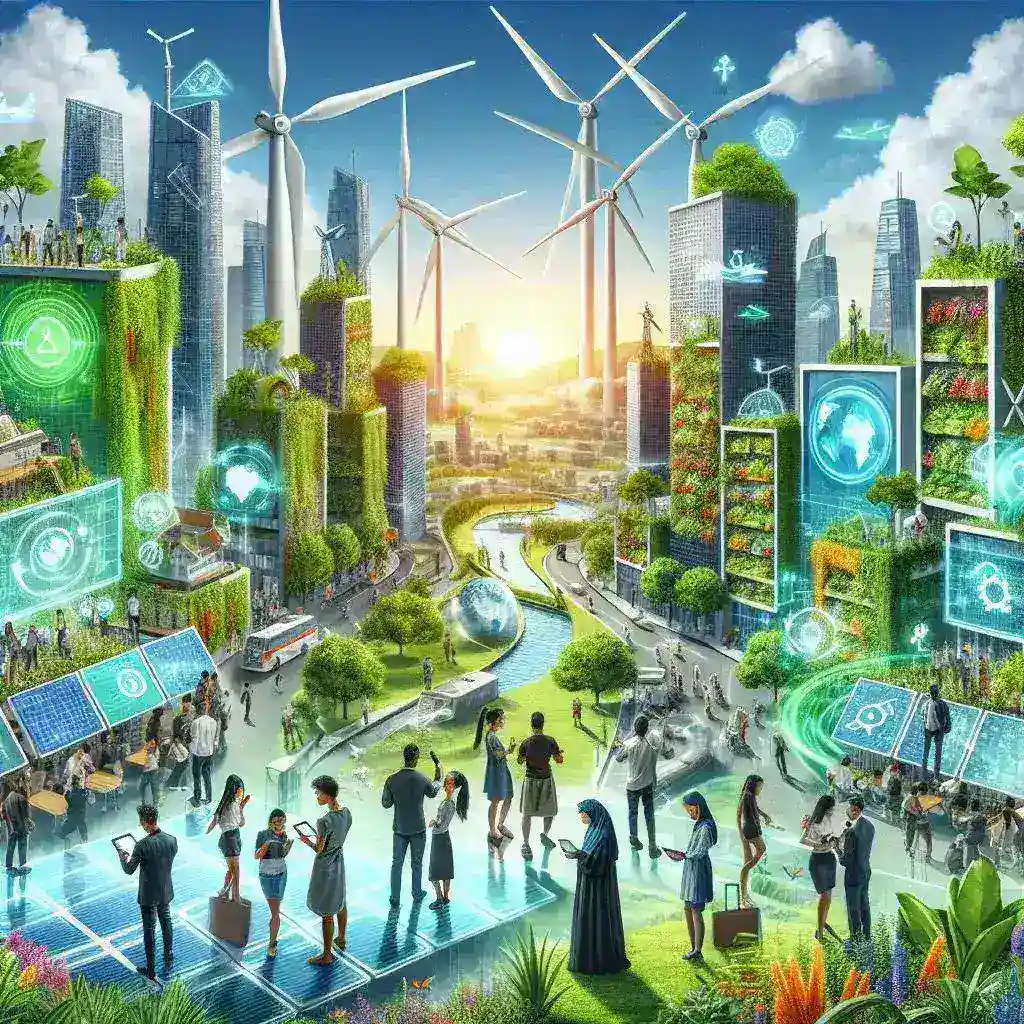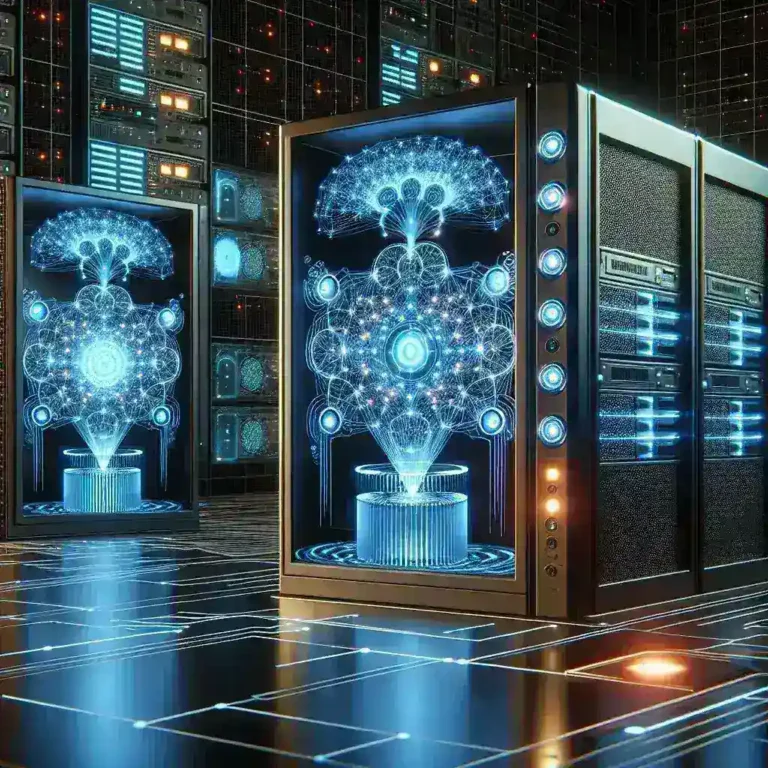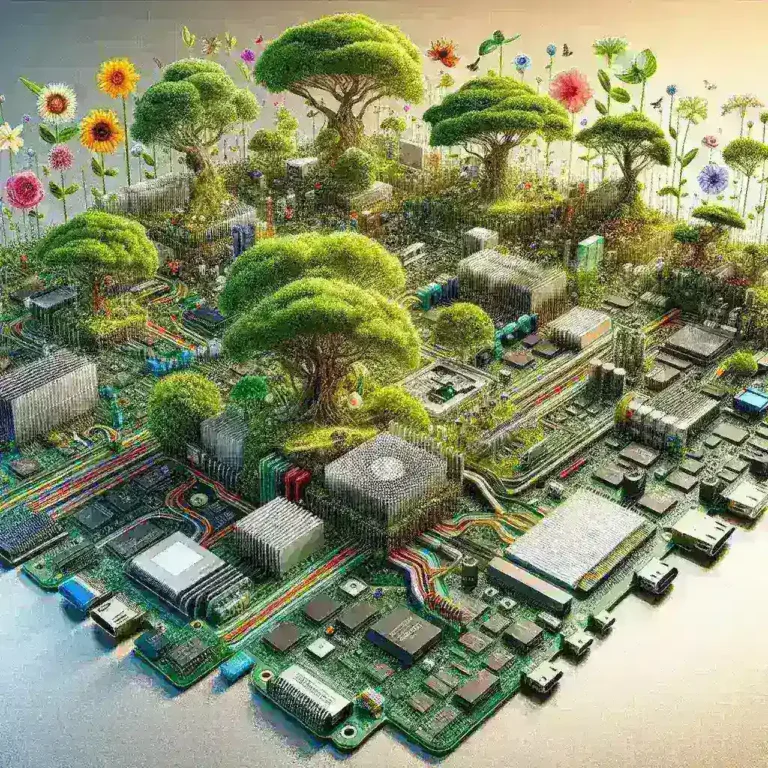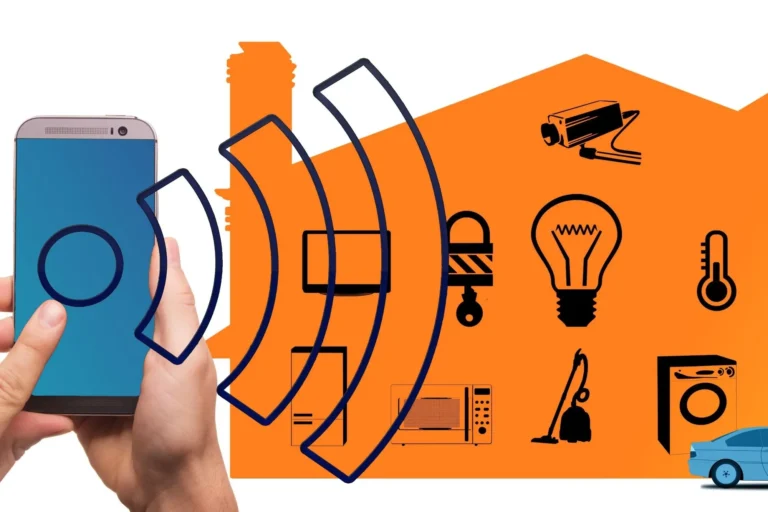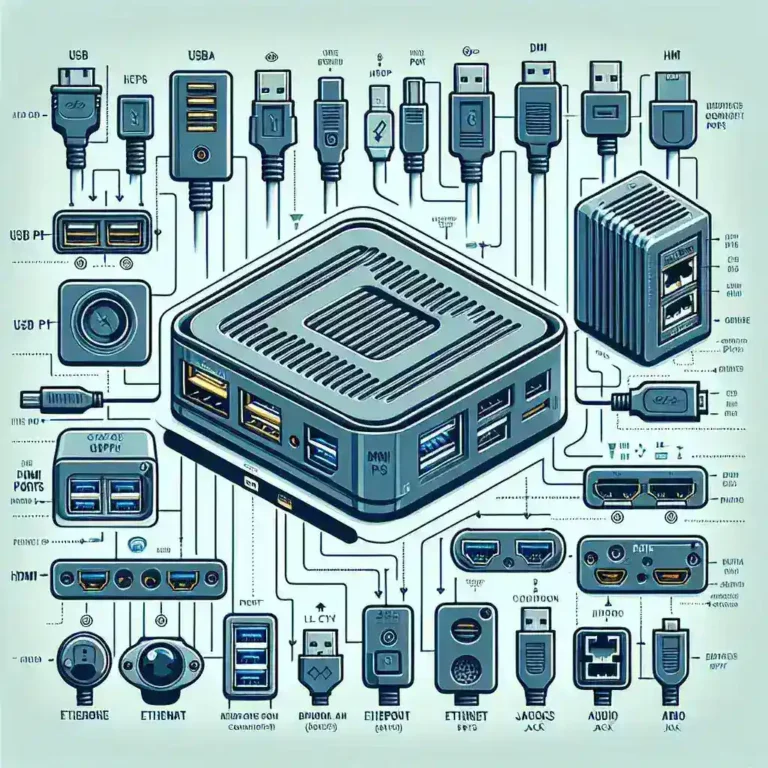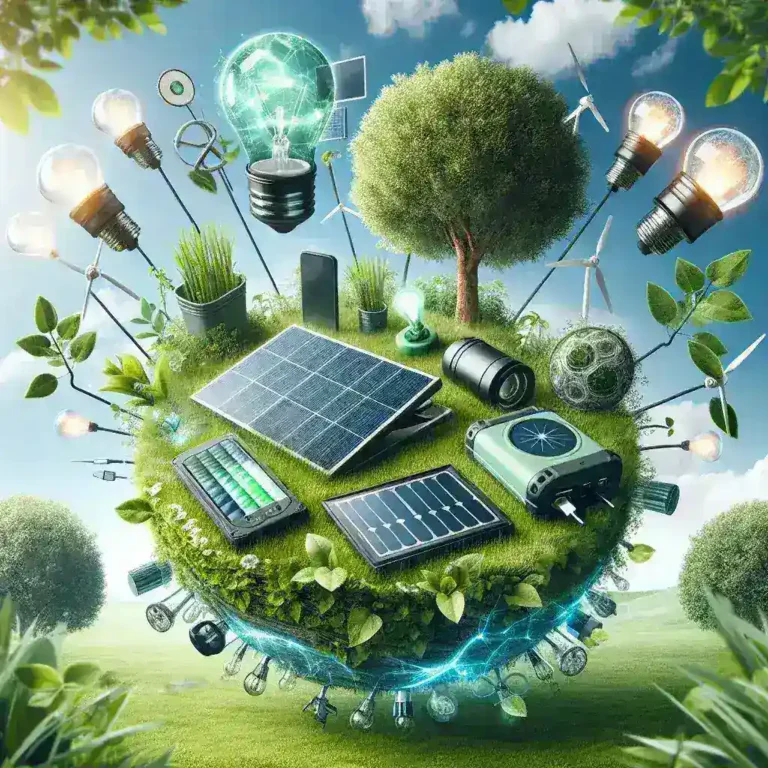Sustainable Technology: Innovations Shaping a Greener Future
The Evolution of Sustainable Technology
In today’s rapidly changing world, sustainable technology has emerged as a crucial driver of environmental conservation and economic growth. This innovative approach to technological development focuses on meeting present needs without compromising future generations’ ability to meet their own needs.
Key Areas of Sustainable Technology
Renewable Energy Solutions
One of the most significant areas of sustainable technology is renewable energy. Modern innovations include:
- Solar Technology: Advanced photovoltaic cells and solar thermal systems
- Wind Energy: More efficient turbines and offshore wind farms
- Hydroelectric Power: Improved dam designs and micro-hydro systems
- Geothermal Energy: Enhanced geothermal systems and heat pumps
Smart Buildings and Infrastructure
Sustainable architecture and construction technologies are revolutionizing how we build and maintain structures:
- Energy-efficient building materials
- Smart HVAC systems
- Automated lighting solutions
- Water conservation systems
Transportation and Mobility
The transportation sector is undergoing a dramatic transformation towards sustainability:
- Electric Vehicles: Advanced battery technology and charging infrastructure
- Hydrogen Fuel Cells: Zero-emission vehicles and public transport
- Smart Traffic Systems: AI-powered traffic management reducing emissions
Waste Management and Circular Economy
Innovative technologies are helping to reduce waste and promote recycling:
- Advanced recycling technologies
- Waste-to-energy conversion systems
- Biodegradable materials development
- Smart sorting systems
Agriculture and Food Production
Sustainable technology in agriculture is ensuring food security while reducing environmental impact:
- Vertical Farming: LED lighting and hydroponics
- Precision Agriculture: GPS-guided equipment and drone monitoring
- Smart Irrigation: Water-efficient farming techniques
The Impact of AI and IoT
Artificial Intelligence and the Internet of Things are driving sustainable innovation:
- Smart grid management
- Predictive maintenance reducing waste
- Energy consumption optimization
- Resource allocation efficiency
Future Trends in Sustainable Technology
Looking ahead, several emerging trends are shaping the future of sustainable technology:
- Carbon Capture: Advanced technologies for removing CO2 from the atmosphere
- Energy Storage: Next-generation batteries and storage solutions
- Quantum Computing: Enhanced optimization for resource management
- Blockchain: Transparent supply chain management for sustainability
Economic Benefits of Sustainable Technology
The adoption of sustainable technology offers significant economic advantages:
- Reduced operational costs
- New job opportunities
- Market competitiveness
- Investment opportunities
Challenges and Solutions
While implementing sustainable technology faces challenges, innovative solutions are emerging:
- Cost Barriers: Government incentives and private investment
- Technical Limitations: Ongoing research and development
- Infrastructure Requirements: Public-private partnerships
- Adoption Resistance: Education and awareness programs
The Role of Policy and Regulation
Government policies and regulations play a crucial role in promoting sustainable technology:
- Carbon pricing mechanisms
- Renewable energy incentives
- Environmental standards
- Research funding
Conclusion
Sustainable technology represents a crucial pathway toward a more environmentally conscious and economically viable future. As innovations continue to emerge and evolve, the integration of these technologies into our daily lives becomes increasingly important. The success of sustainable technology depends on continued investment, supportive policies, and global cooperation in addressing environmental challenges.

